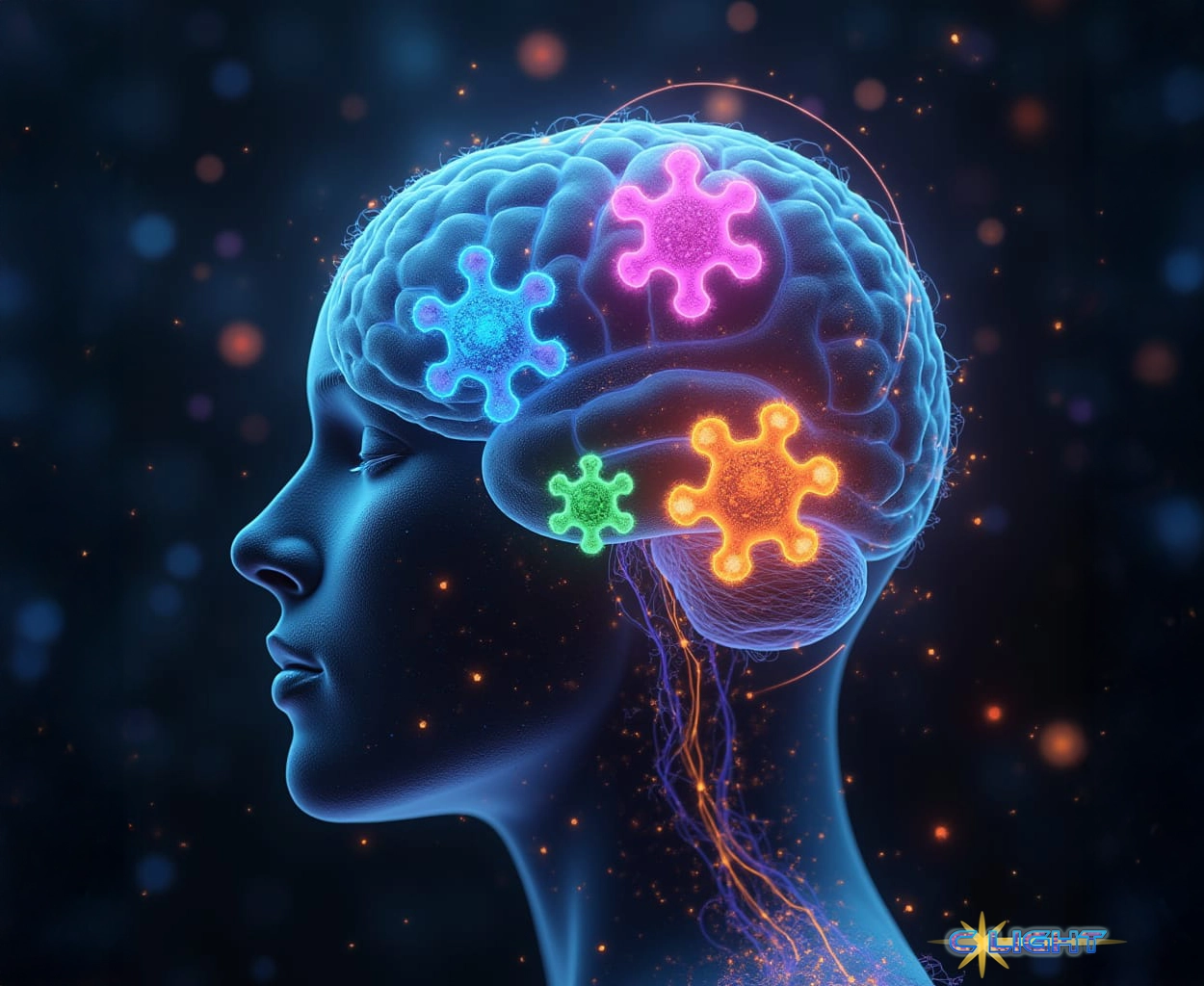For far too long, the term “autism” has been a monolithic label applied to a sprawling spectrum of neurodevelopmental conditions, leaving parents, clinicians, and autistic individuals themselves grappling with a bewildering array of presentations. Why can two children with the same diagnosis be so profoundly different? Now, a groundbreaking scientific leap has begun to unravel this complexity: two independent studies, utilizing cutting-edge methodologies, have identified four distinct, biologically unique subtypes of autism, a discovery poised to revolutionize understanding, diagnosis, and personalized care. Crucially, this significant research, clarifying questions that have lingered for over 30 years, finds no relationship between autism and vaccines, directly refuting scientifically bankrupt claims.
The primary study, published July 9 in Nature Genetics and led by Princeton University researchers, analyzed data from over 5,000 children. Employing a “person-centered” computational model, they meticulously examined over 230 individual traits to identify four distinct groups:
- Social and Behavioral Challenges: Individuals with core autism traits but typical developmental milestones, often accompanied by co-occurring conditions like ADHD or anxiety.
- Mixed ASD with Developmental Delay: Children who reach developmental milestones later but typically do not exhibit co-occurring psychiatric conditions.
- Moderate Challenges: Individuals with milder autism behaviors and typical developmental trajectories, generally without psychiatric issues.
- Broadly Affected: The smallest group, facing the most severe and wide-ranging developmental, social, communication, and psychiatric challenges.
These clinically relevant subtypes were directly linked to unique genetic profiles and divergent biological processes, confirming that autism is not a single entity but “multiple distinct narratives,” as co-lead author Natalie Sauerwald explained. Remarkably, the study also found that the genetic impacts on brain development can unfold at different timelines. For instance, in the “Social and Behavioral Challenges” subtype, gene mutations were active later in childhood, suggesting that for some, the biological mechanisms of autism may emerge after birth.
Further solidifying these findings, a separate, independent machine learning trial out of Cornell University (Weill Cornell Medicine), published in Nature Neuroscience, independently classified people with ASD into its own set of four distinct subgroups. This study utilized brain scans of hundreds of individuals, identifying unique biological differences in regional gene expression, protein interactions, and brain connection patterns. As co-senior author Conor Liston, MD, PhD, stated, “Scientists believe there are probably many different types of autism spectrum disorder that might require different treatments, but there is no consensus on how to define them.” This new research provides vital data-driven frameworks to finally establish that consensus.
This two-pronged scientific breakthrough offers profound clarity for diagnosticians, parents, and autistic individuals. It is the beginning of an era of precision medicine for neurodevelopmental conditions, promising more tailored interventions and a clearer understanding of an individual’s unique trajectory. For parents, knowing their child’s specific autism subtype could illuminate future symptoms, guide treatment choices, and aid in long-term planning, clearing up a lot of questions that have been present over the past three decades.

This significant scientific advancement stands in stark contrast to the scientifically bankrupt and often stigmatizing narratives propagated by figures like Health Secretary Robert F. Kennedy, Jr. Despite decades of rigorous, global scientific studies involving millions of individuals, consistently finding no causal relationship between autism and vaccines, Secretary Kennedy continues to promote this thoroughly debunked theory. He has asserted that autism is an “epidemic” caused by a singular “environmental toxin,” pledging to identify this cause by September. The meticulous genetic and biological findings of these new subtype studies further underscore the scientific consensus: autism is a complex condition driven by multifaceted genetic and biological factors, not vaccines. Such research directly debunks the pseudo-scientific claims that have fueled misinformation and fear, wasted valuable resources, and unjustly blamed parents for their children’s diagnoses.
As autism diagnoses continue to rise—jumping a staggering 175% between 2011 and 2022 due to changing diagnostic guidelines and increased awareness—understanding these distinct subtypes is not just an academic exercise. It is an imperative. It empowers parents with more specific information, paves the way for more effective support, and firmly establishes autism as a multifaceted neurodevelopmental condition requiring nuanced, evidence-based approaches, rather than simplistic, politically motivated explanations that have no basis in scientific fact.
Discover more from Clight Morning Analysis
Subscribe to get the latest posts sent to your email.










